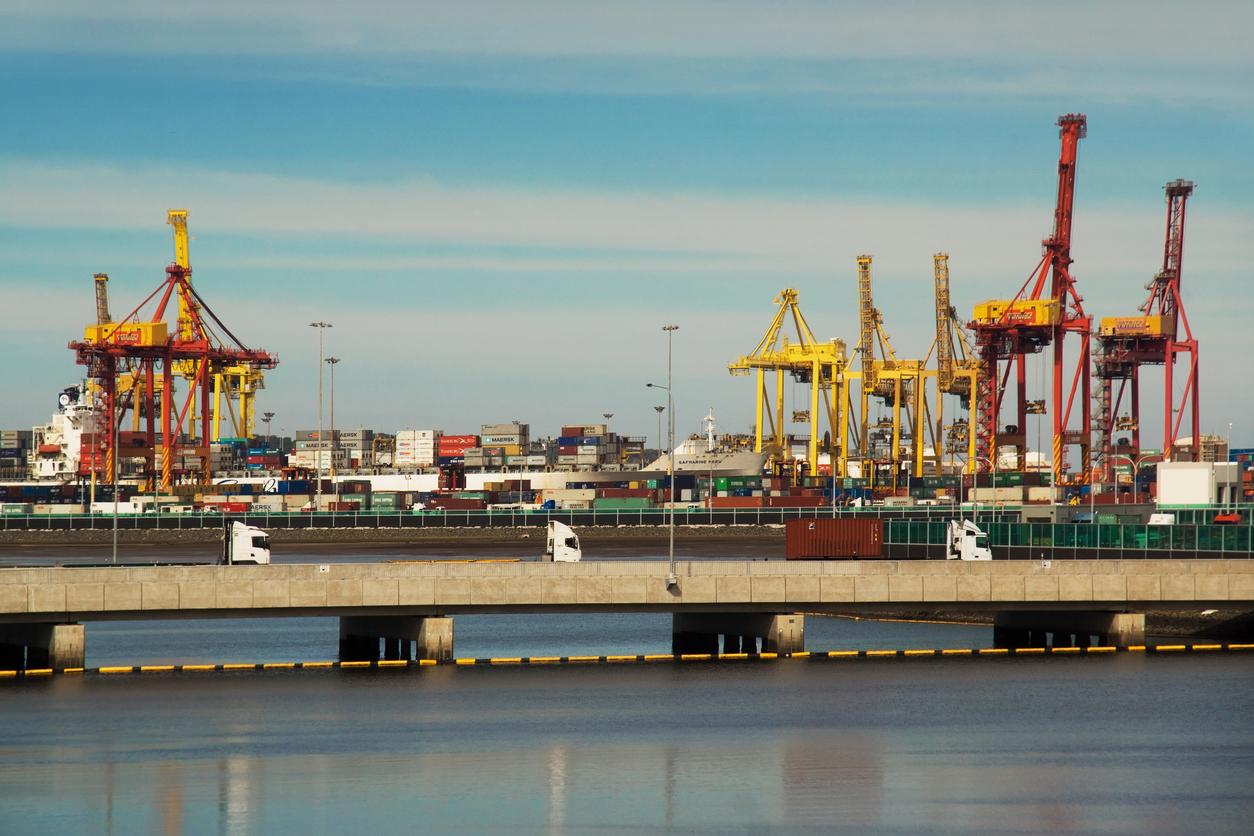
Navigating rising costs and tariffs: strategies for small business resilience
29 April, 2025
As global economic uncertainty persists, small businesses are facing increasing pressures from rising costs, currency fluctuations and shifting trade policies. However, by adopting practical strategies and staying informed, small businesses can build resilience, manage risks, and remain competitive in a volatile market.
Business insights: Impacts of tariffs and trade changes
Amid growing uncertainty around US trade policies, the Commission’s Momentum Survey (March 2025) asked small businesses about the potential impact of tariffs on their operations.
Sixteen per cent of businesses reported they either export directly or are indirectly exposed to exporting sectors, and among these, 27 per cent were very concerned about the impact of tariffs or trade barriers, while a further 40 per cent were moderately concerned.
Increased economic uncertainty was the most cited issue, affecting business confidence for 78 per cent of respondents, closely followed by rising costs of imported goods and materials (71 per cent), reduced demand in export markets (60 per cent) and challenges navigating a more complex regulatory environment (58 per cent).
Sectors such as agriculture, manufacturing and automotive parts were among those expressing the greatest concern about the direct and indirect effects of tariffs and regulatory shifts.
Exchange rate volatility: an emerging pressure on business costs
Recent volatility in currency markets has intensified cost pressures for Australian small businesses, particularly those relying on services priced in foreign currencies.
For example, many subscription-based software and cloud services, such as customer relationship management systems and marketing tools, are priced in US dollars. As exchange rates fluctuate, monthly or annual subscription costs can rise unexpectedly, adding further strain to business budgets already challenged by tariffs, inflation and supply chain disruptions. Exchange rate movements are inherently difficult to predict, and short-term volatility remains an important risk factor for businesses to manage
Key strategies for navigating rising costs
Monitor and respond to tariff impacts
Stay informed about changing tariffs and trade regulations to adjust pricing, sourcing and customer strategies proactively. Consider how this may impact your business as both an import-exposed as well as export-oriented business. Consider the broader trade environment, including developments across a range of foreign markets.
Shift to nearby or alternative suppliers
Diversify supply chains geographically to reduce reliance on high-risk trade corridors and manage freight and tariff-related surcharges.
-
Resources: See what NSW Government services and support, including upcoming workshops Export Resources - Investment NSW
- Tool: Explore new suppliers and customer opportunities using the Market search tool.
Build flexibility into contracts
Consider the potential for trade disruptions when negotiating contracts. Negotiate flexible terms, such as price adjustment clauses and renegotiation rights, to better manage risks from trade disruptions.
Adopt agile business practices
Enhance operational resilience by:
- moving to more cost-efficient materials
- adjusting timelines to accommodate potential delays
- regularly review costs charged in foreign currencies such as software subscriptions
- staying updated on regulatory and trade policy changes.
Consult your accountant or business advisor to ensure your business is optimised.
Resources to support your business
- Small Business Debt Helpline – Free financial counselling for small businesses
- Go Global Toolkit (Austrade) – Support for exporting and expanding overseas
- Business Connect – Business advisory services across NSW
- NewAccess (Beyond Blue) – Free mental health coaching for business owners